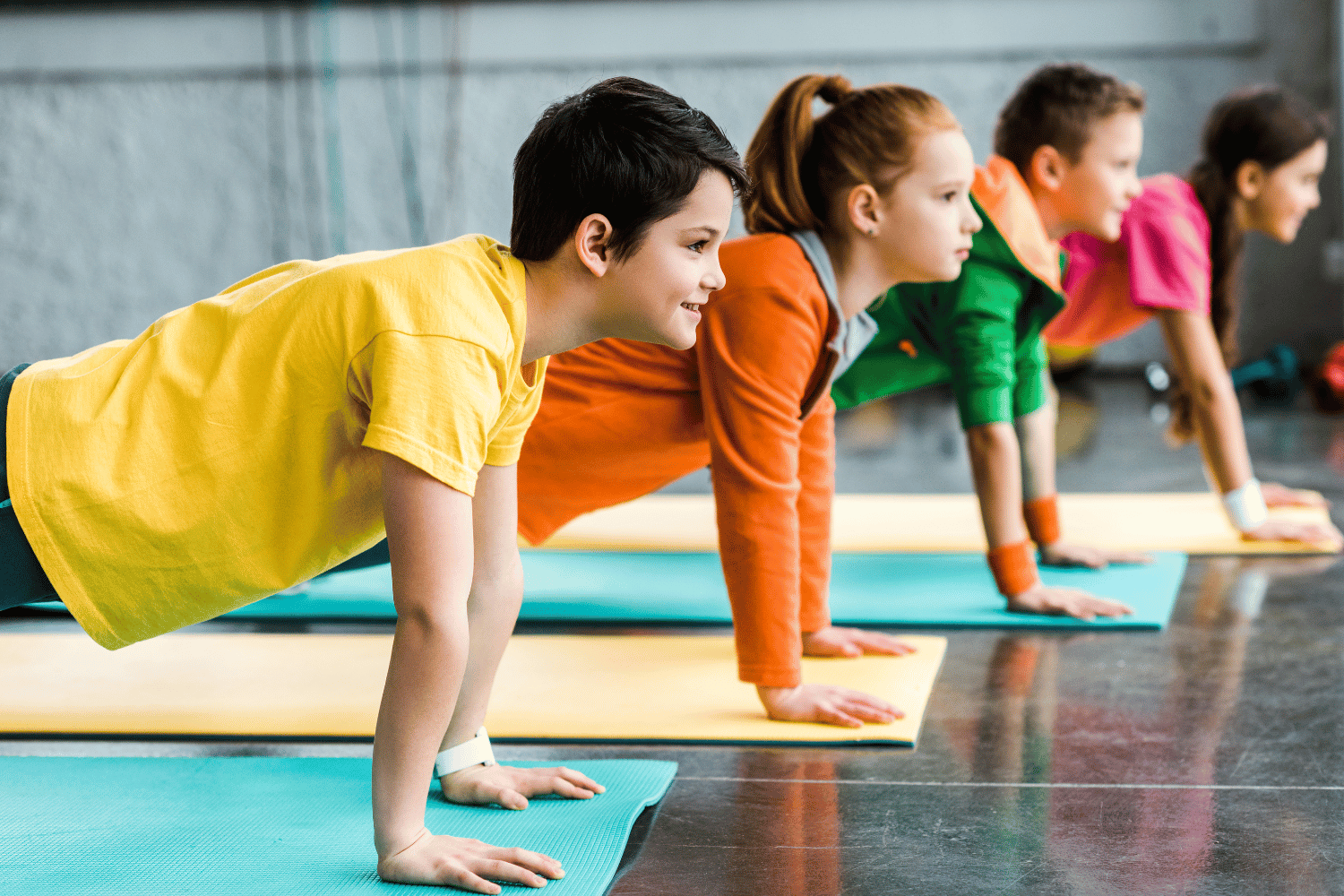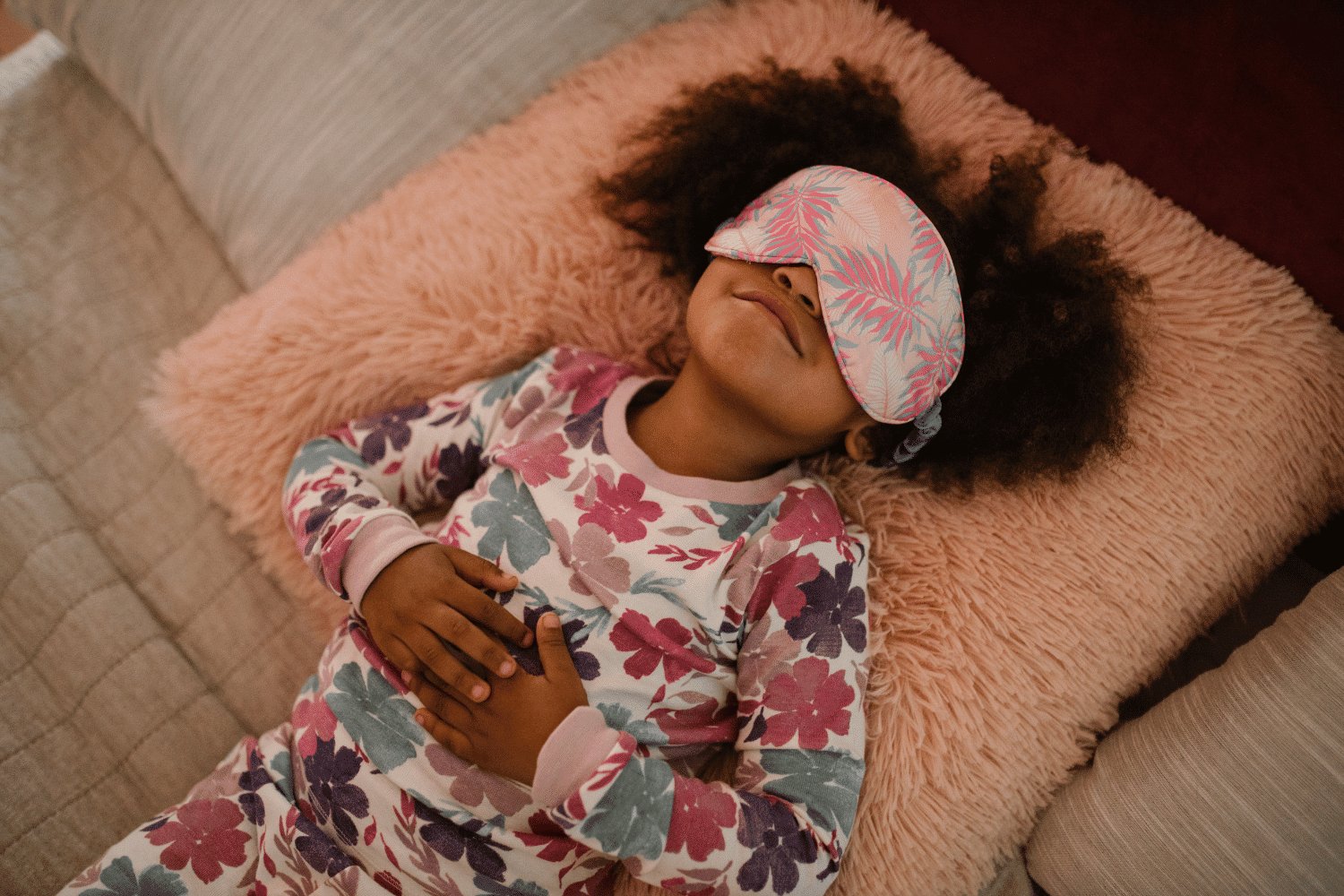Yoga and mindfulness is a great tool for kids to learn to recognize and manage their emotions, but how do we make sure we are teaching in a way that is trauma informed and pays recognition to the complex histories of all of our students?
As educators, we have the incredible opportunity to make a lasting impact on the lives of the children we teach. In this article, we will explore how to teach yoga and mindfulness to kids from a trauma-informed perspective.
By cultivating a safe and supportive environment, adapting practices with trauma sensitivity, and building resilience and coping strategies, you can empower your students to thrive both on and off the mat.
For deeper insights into this type of teaching, take a look at this Children’s Yoga and Mindfulness teacher training, which incorporates these techniques throughout the whole course.

Understanding Trauma-Informed Teaching for Yoga and Mindfulness
Trauma-informed teaching is about recognizing the effects of trauma on children’s development and behavior, fostering empathy, and creating a safe space where healing can occur.
Our job as teachers is not to heal, but to allow space.
A lot of what we actually end up teaching our students is unconsciously conveyed with our tone and actions. We need to be aware of this, and be compassionate of students’ unconscious reactions to our teaching and their surroundings as they navigate the lessons.
By adopting a trauma-informed approach to teaching, you can help your students feel understood and supported.
Importance of Incorporating Yoga and Mindfulness for Trauma-Affected Children
Yoga and mindfulness provide powerful tools for children to regulate their emotions, reduce stress, and develop resilience.
By establishing a brain-body connection, (through movement and conscious breathing) we are teaching children to recognize their physical reactions and responses to what is going on in their brains (their thought processes and emotions, for example).
These practices of helping kids connect with their bodies, emotions, and breath, promote self-awareness and emotional intelligence.
Introducing Movement-Based Activities
Before or after the yoga session, consider starting with an energizer activity. These playful movements help release excess energy, allowing children to focus better during the mindfulness practice.
Some deep breathing techniques like “Breath of Fire” or “Woodchopper Breathing” are excellent ways to energize and bring attention to our breathing.

Using Fun and Engaging Yoga Games
Yoga sessions don’t have to be all serious or intentionally digging into our mental work of healing. In fact, that will cause a lot more roadblocks for kids with lots of trauma if shows up every time they step into yoga class.
Instead, incorporate interactive yoga games that encourage teamwork, cooperation, and fun. The more fun they are having, the more likely they will want to do more yoga that will help their brain feel good.
Games like “Yogi Says” or “Yoga Memory” can make the experience enjoyable and build a sense of community among the children.
Check out these articles for tons of examples of yoga games for kids:
Adapting Practices for Trauma Sensitivity
Allowing Modifications and Alternatives to Poses and Exercises
It’s important to allow modifications and alternatives to poses and breathing exercises. You don’t need to assume that kids will avoid certain poses or actions (like closing their eyes), but it’s important to give them choice.
Some children may have physical or emotional limitations that make certain poses or physical movements uncomfortable. Give them alternate ways to modify poses to suit their comfort level, which also allows them a sense of autonomy and control.

Providing Choices in Participation and Engagement
Offer a variety of mindfulness practices, such as body scans, guided visualizations, or fun breathing exercises. Allow children to choose the practice that resonates with them, empowering them to take ownership of their well-being.
Respecting Boundaries and Personal Space
Ensure that partner or group activities are optional, and encourage children to express their boundaries. Respecting personal space helps them feel safe and in control of their interactions.
Teach them what consent means, and prove that you respect their space and consent by always asking for consent when approaching them (and always always be gentle and neutral with any supportive touch).
Creating a Safe Space or Signal
Establish a safe Take a Break space, with a signal that children can use if they feel overwhelmed during the session. This provides an opportunity for open communication and allows you to respond with empathy and understanding.
When students feel overwhelmed or overstimulated, they can safely move to a break space to observe instead of participating. Sometimes I allow them to have a book or a breathing ball to use if I can tell they need it.
Building Resilience and Coping Strategie
Teaching Self-Compassion and Self-Care Practices
Guide children in understanding the importance of self-compassion. Encourage them to be kind to themselves when facing challenges and to practice self-care regularly. Use specific positive praise and encourage self-affirmation phrases often in the classroom.
Teach them how to use self-affirmation phrases and include specific and concrete praise in your teaching regularly.
You are the biggest model of this practice, so talk positively about yourself, be sure to take breaks if you need it, and always explain if you need to take a few breaths or rest for a moment.

Integrating Relaxation Techniques
Incorporate relaxation techniques, such as guided visualization or progressive muscle relaxation, to help children reduce stress and anxiety. Make these calming, specific positive images, and short.
Here are some good examples of guided imagery relaxation scripts for kids.
Reflective Practice and Feedback for Trauma Informed Teaching
Regularly Evaluate the Trauma-Informed Approach
Reflect on your teaching methods and the impact they have on your students. Continuously adapt and improve to meet their needs better. When you see something that didn’t work, take a moment later to evaluate why.
Talk to your peers, the student’s family, or other professionals to brainstorm other techniques to support any children who may be struggling. It’s up to us to create a supportive network that values collaboration and understanding in teaching our students.
Seek Ongoing Professional Development
Engage in ongoing professional development to enhance your trauma-informed teaching skills. Stay informed about new strategies and resources to best support your students.
By embracing trauma-informed yoga and mindfulness practices, you can empower your students to navigate life’s challenges with resilience and self-awareness.
We all want to create a nurturing environment where kids feel safe, seen, and valued. Together, let’s inspire growth and healing in the hearts and minds of our young learners through the power of yoga and mindfulness.

